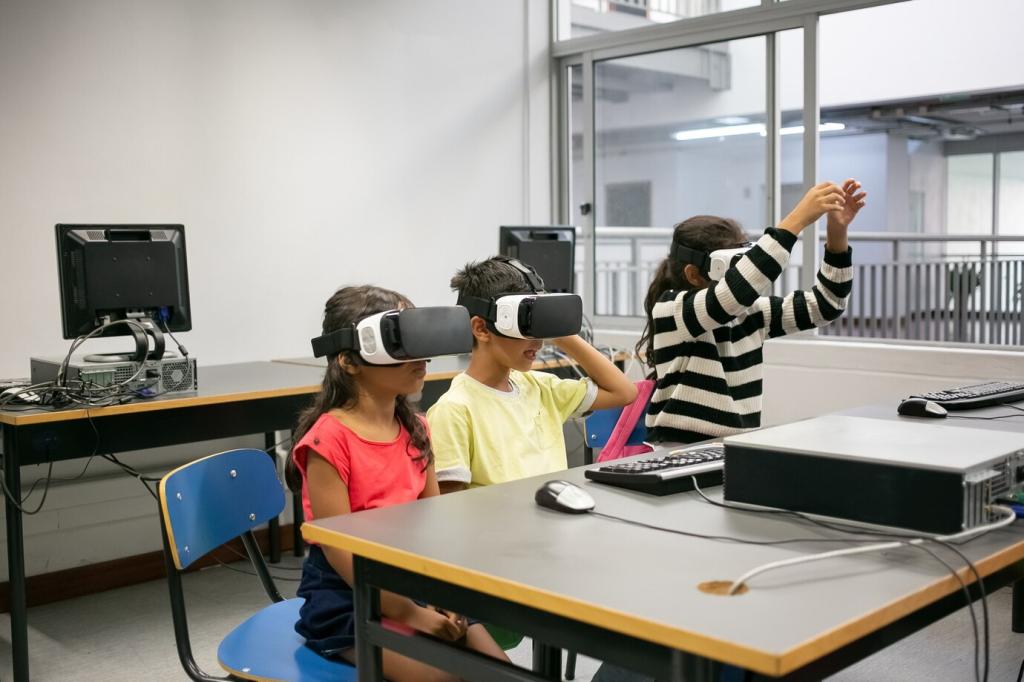
Innovative Teaching with Virtual Reality: Trends and Predictions
Virtual reality (VR) is rapidly transforming the landscape of education, breaking conventional boundaries and unlocking new horizons for teachers and students alike. By immersing learners in interactive digital environments, VR enables unique experiences that are both engaging and effective. As this technology becomes more accessible, educational institutions worldwide are integrating VR into their teaching strategies. This page explores recent trends in VR-based education, highlights the advantages of immersive learning, examines new pedagogical approaches powered by VR, and predicts how this technology will continue to shape the classroom in the coming years.
Trends in Virtual Reality Integration in Education
Growing Accessibility of VR Devices
The past few years have seen significant improvements in the affordability and portability of VR equipment. Headsets are now lighter, more comfortable, and less expensive than ever before, which has made the technology viable for a broader array of schools and educational settings. Many institutions are beginning to pilot VR programs on a small scale, and early feedback suggests a high degree of student engagement. This increased accessibility paves the way for more widespread adoption, and as costs continue to fall, the technology will likely penetrate even the most budget-conscious educational environments.
Expansion of Immersive Content
An expanding universe of educational content is fueling the VR revolution in classrooms. Publishers and developers are working closely with educators to create highly specialized VR experiences tailored to specific curriculum standards and learning objectives. From exploring distant planets to delving into the workings of the human body, students can engage with subjects in ways previously unimaginable. The increasing availability of quality VR content ensures that students across disciplines and grade levels will find immersive experiences relevant to their studies, further driving the adoption of VR in educational settings.
Institutional Support and Professional Development
The successful implementation of VR in education requires more than just equipment and software; it depends profoundly on institutional commitment and the willingness of educators to embrace new methods. Schools and universities are investing in professional development programs to train teachers in the effective use of VR tools. Administrators are actively seeking partnerships with technology companies to ensure their schools remain on the cutting edge. As professional support networks expand, teachers are becoming more confident in adopting VR, leading to richer and more innovative teaching practices.
Advantages of Immersive Learning Environments
Enhanced Engagement and Motivation
One of the standout advantages of VR in education is its ability to capture and sustain student attention. The immersive nature of VR transports learners out of the traditional classroom and into environments where they can interact with content actively rather than passively. For example, a lesson on ancient civilizations transforms into a virtual trek through historical sites, bringing history to life before their very eyes. This heightened level of engagement not only makes learning more enjoyable, but also improves information retention, ultimately leading to better educational outcomes.
Personalized and Self-Paced Learning
Virtual reality allows for the delivery of highly personalized learning experiences, adjusting to each student’s individual needs and pace. Through adaptive VR modules, students can spend extra time mastering challenging concepts or advancing quickly through material they find easy. This individualized approach supports differentiated instruction and ensures that no student is left behind. Additionally, VR experiences often include real-time feedback, enabling students to learn from mistakes and reinforce understanding in a safe, encouraging setting.
Collaboration and Social Learning
Despite its reputation for isolating users, VR is increasingly being harnessed to promote interactive, collaborative learning. Multi-user environments enable students to work together, solve problems, and build interpersonal skills, sometimes across vast distances. Virtual reality facilitates group projects with participants from different locations, allowing for the exchange of ideas and perspectives that might otherwise be impossible. By combining immersive technology with collaborative pedagogy, educators can foster a spirit of teamwork and social learning, crucial skills in the modern world.
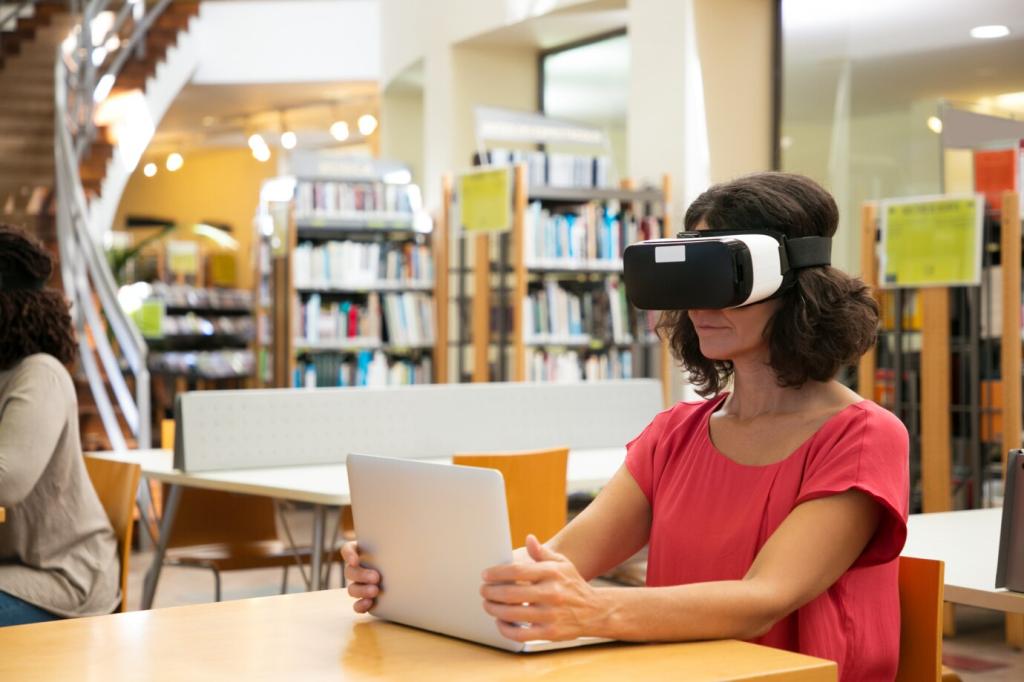
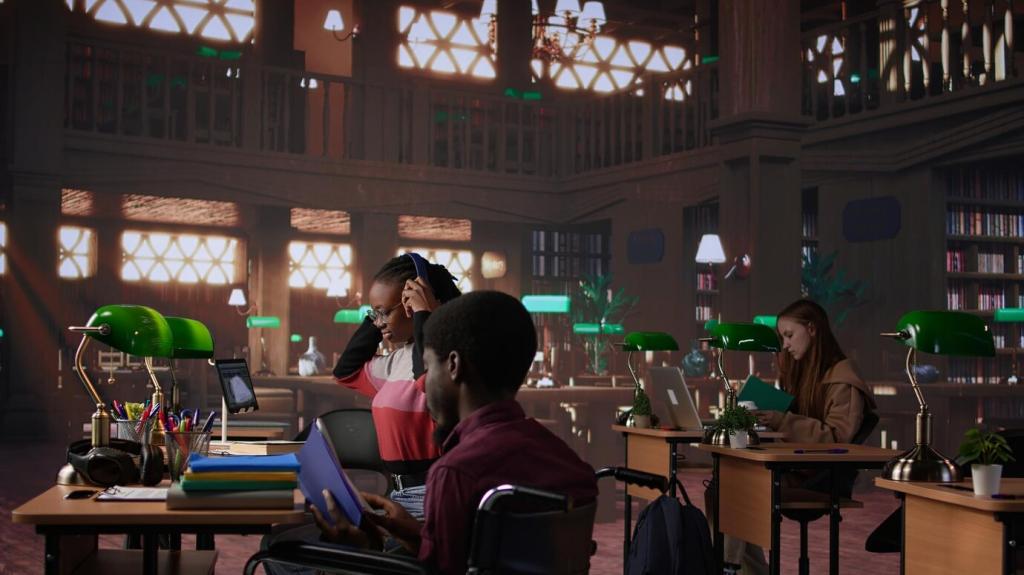
Experiential and Discovery-Based Learning
VR empowers students to learn by doing, placing them at the center of their educational experiences. Rather than reading about a concept, students can experiment firsthand in simulated environments, testing hypotheses and observing outcomes. In science education, for instance, learners might conduct experiments in virtual laboratories, manipulating complex systems with zero safety risk. This hands-on, exploratory approach not only aids comprehension but also nurtures curiosity—a key driver of lifelong learning.
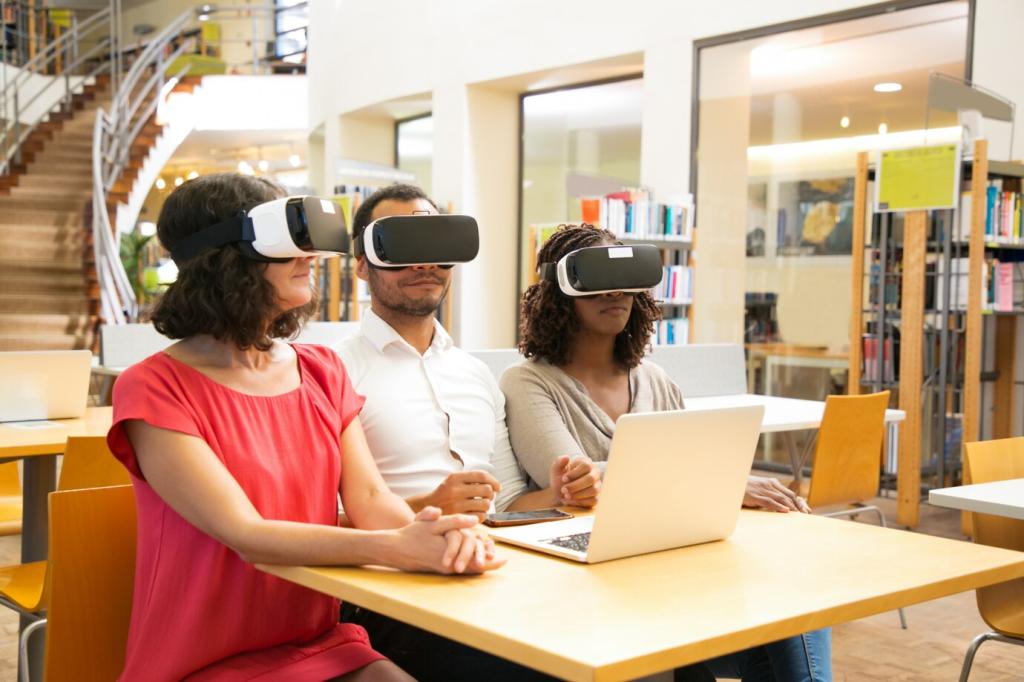
Simulation and Safe Practice of Complex Skills
One revolutionary use of VR in education is the simulation of scenarios that would be impractical, dangerous, or too costly in reality. Medical students can perform virtual surgeries, engineering students can construct and test virtual prototypes, and pilots can simulate emergency procedures, all within a controlled virtual environment. These high-fidelity simulations reinforce practical skills, build confidence, and provide opportunities for repeated practice without real-world consequences.
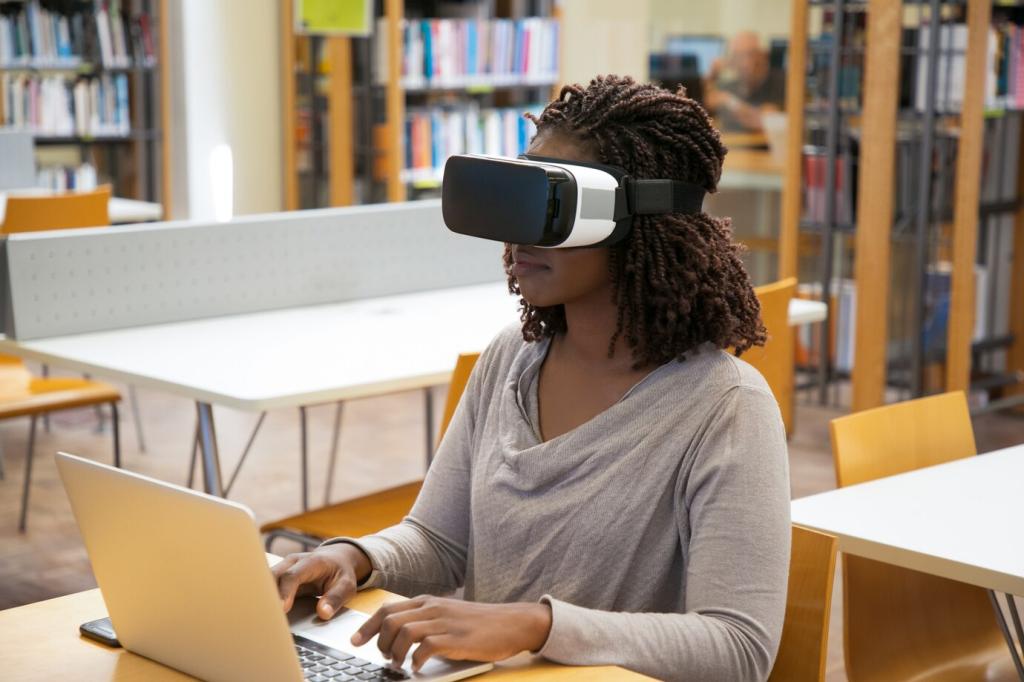
Assessment and Real-Time Feedback
VR is revolutionizing the way student performance is assessed. With immersive activities, educator can track student choices, actions, and outcomes in real time, gathering rich data on their understanding and progress. This instantaneous feedback allows teachers to adapt instruction quickly, providing targeted support when and where it’s needed most. Additionally, the presence of objective, real-time data helps ensure that assessments are fair, comprehensive, and aligned with learning objectives.
